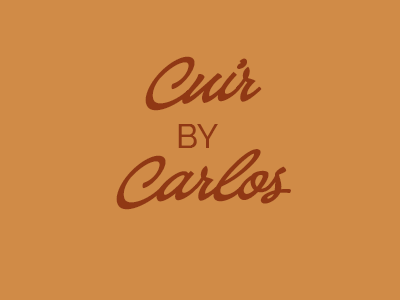Moroccan Babouches: The Artisanal Footwear Taking Over Fashion
For centuries, Moroccan slippers better known as babouches or Belgha have been a staple of North African craftsmanship. Rooted in tradition but increasingly embraced by contemporary fashion, these soft leather shoes have transcended their origins to become a symbol of both cultural heritage and modern style.
The Rich History of Moroccan Slippers
The babouche traces its origins back to the 12th century, when Moroccan artisans began crafting these lightweight, slip-on shoes from supple leather. Inspired by Eastern footwear traditions, the design quickly spread across North Africa and the Middle East, gaining popularity among sultans, scholars, and commoners alike.
Over time, the babouche evolved into a refined fashion statement, with intricate embroidery, hand-painted motifs, and vibrant colors. In Morocco, it remains an essential part of daily life, worn at home, in the souks, and even at formal occasions.

The Art of Making Babouches
The creation of Moroccan slippers is a meticulous process requiring skill, patience, and an eye for detail. It begins with the selection of high-quality leather, typically sourced from goats, sheep, or cows. Traditional tanning methods some dating back hundreds of years help preserve the material’s natural softness while ensuring durability.
Once the leather is ready, skilled artisans cut and shape each piece by hand. The assembly process involves precise stitching, reinforcing the structure of the shoe while maintaining flexibility. Depending on the style, babouches may be adorned with elaborate embroidery, colorful beads, or minimalist designs that highlight the natural beauty of the leather.
A Style for Every Taste
Though the classic pointed-toe babouche remains the most recognizable style, Moroccan slippers come in a variety of forms. Some feature rounded toes and slightly thicker soles for added comfort, while others incorporate a small heel, elevating the design for special occasions. The distinction between men’s and women’s babouches is subtle, men’s versions tend to favor neutral tones and simpler patterns, while women’s designs often embrace bold colors and decorative details.
In recent years, designers around the world like Balenciaga have reimagined babouches for modern wardrobes. Luxury fashion houses have incorporated them into their collections, blending traditional craftsmanship with contemporary aesthetics. Whether styled with casual jeans or an elegant kaftan, Moroccan slippers offer a unique fusion of comfort and sophistication.
Why Moroccan Babouche Are More Popular Than Ever
Beyond their aesthetic appeal, babouches have gained traction as a sustainable and ethical fashion choice. Handmade using natural materials and traditional techniques, they embody slow fashion values at a time when consumers are increasingly drawn to authenticity and craftsmanship.
Additionally, their versatility makes them a must-have for fashion-conscious individuals looking for effortless style. Whether worn indoors as a cozy house shoe or paired with a summer outfit for a chic, laid-back look, Moroccan slippers adapt seamlessly to various lifestyles and settings.
Where to Buy Authentic Moroccan Slippers in Bulk
For those seeking high-quality babouches in large quantities, sourcing directly from Moroccan artisans is the best option. Handmade craftsmanship ensures superior quality, while a diverse range of styles and colors allows for customization to suit different markets.
If you’re looking to purchase Moroccan slippers in bulk, check out our selection of wholesale Moroccan slippers and bring this timeless footwear to a global audience.
Timeless, elegant, and steeped in tradition, Moroccan slippers are more than just shoes, they’re a cultural statement, a work of art, and a fashion essential.
